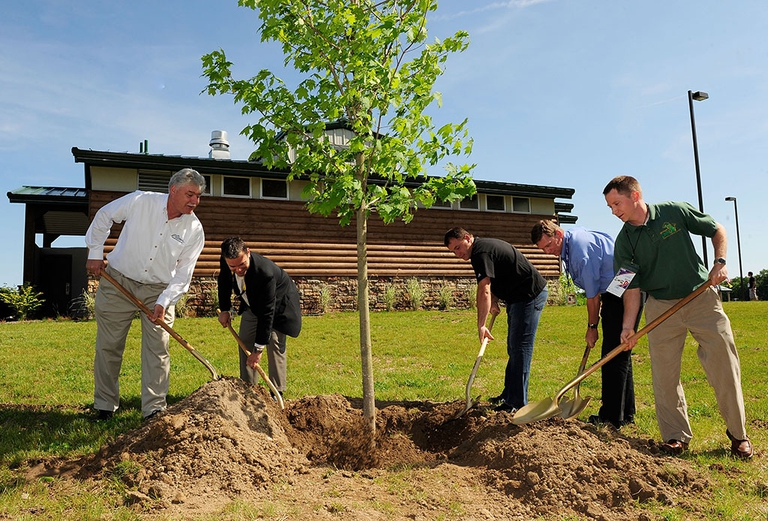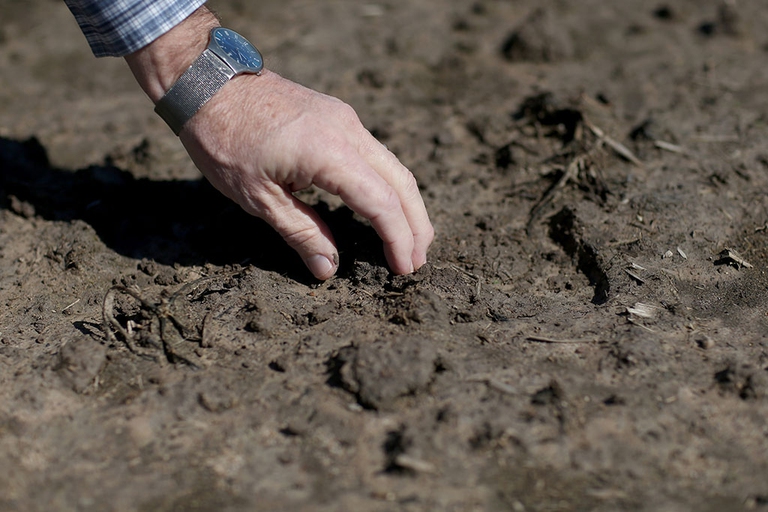
The Amazon became an alternative classroom during the pandemic. Now, the educational forest in Batraja, Bolivia, lives on to teach children and adults the value of nature.
The fifth report of the Intergovernmental Panel on Climate Change (IPCC) reveals that climate change is underway and is entirely of anthropogenic origin, i.e. it is caused by humans. Although the introduction of innovative low carbon technologies, global temperature increased by 0.7 °C in the last two centuries. The effects of temperature rise could
The fifth report of the Intergovernmental Panel on Climate Change (IPCC) reveals that climate change is underway and is entirely of anthropogenic origin, i.e. it is caused by humans. Although the introduction of innovative low carbon technologies, global temperature increased by 0.7 °C in the last two centuries.
The effects of temperature rise could be dramatic, that’s why the challenge consists in limiting global warming to 2 degrees. Researchers at the University of Oxford suggest to tackle climate change trough reforestation and the improvement of the quality of soil, a low-cost “green” technology that could solve the problems of our Planet.
In the report Stranded carbon assets and negative emissions technologies, researchers of the above mentioned British university state that having trees and healthy soils represents a natural resource against global warming and a more effective, long-lasting and safer solution than the technology innovations invented by humans.
Planting trees in places without vegetation and biochar, that is the improvement of the soil chemical and physical properties through the spreading of carbon from biomass, contribute to clean the atmosphere without causing damage to the environment. Forestry and biochar are considered NET, i.e. negative emission technologies, because they produce an outlet of carbon dioxide from Earth’s atmosphere.
After the Kyoto Protocol, many types of carbon offsetting were used by developed countries. Under this perspective, reforestation and biochar are two innovations that look at the Planet’s future.
A number of organisations have committed themselves to planting trees in Africa, Australia and South America. These includes the Face the future programme, which involves local communities of the Ecuador Sierra. All around the world people are fighting erosion, desertifcation and all the harmful effects of climate change in the simplest way, that is, through nature.
Siamo anche su WhatsApp. Segui il canale ufficiale LifeGate per restare aggiornata, aggiornato sulle ultime notizie e sulle nostre attività.
![]()
Quest'opera è distribuita con Licenza Creative Commons Attribuzione - Non commerciale - Non opere derivate 4.0 Internazionale.
The Amazon became an alternative classroom during the pandemic. Now, the educational forest in Batraja, Bolivia, lives on to teach children and adults the value of nature.
Our species took its first steps in a world covered in trees. Today, forests offer us sustenance, shelter, and clean the air that we breathe.
Bangladesh suffered widespread damage as a result of Cyclone Amphan. Yet the Sundarbans mangrove forest acted as a natural barrier protecting the country from further destruction, as it has done countless times before.
On top of a 2.4 million dollar compensation, the indigenous Ashaninka people will receive an official apology from the companies who deforested their lands in the 1980s.
The tapir was reintroduced into Brazil’s Atlantic Forest, the country’s most at-risk ecosystem. The species can play a key role in the forest’s recovery.
Forests are home to 80 per cent of the world’s terrestrial biodiversity. This year’s International Day of Forests highlights the urgent changes needed to save them.
After a legal battle that lasted two years, Indonesia’s Supreme Court has revoked the permit to mine for coal in the forests of South Kalimantan in Borneo.
The list of human and animal victims of the Australia wildfires keeps growing – one species might already have gone extinct – as the smoke even reaches South America.
Areas where the FARC guerrilla used to hold power in Colombia have faced record deforestation. Farmers cut down trees, burn land and plant grass for cows. Because, “what else can we do for a living here in the Colombian Amazon”? An intimate report from the heart of the felled forest in Caquetá.









